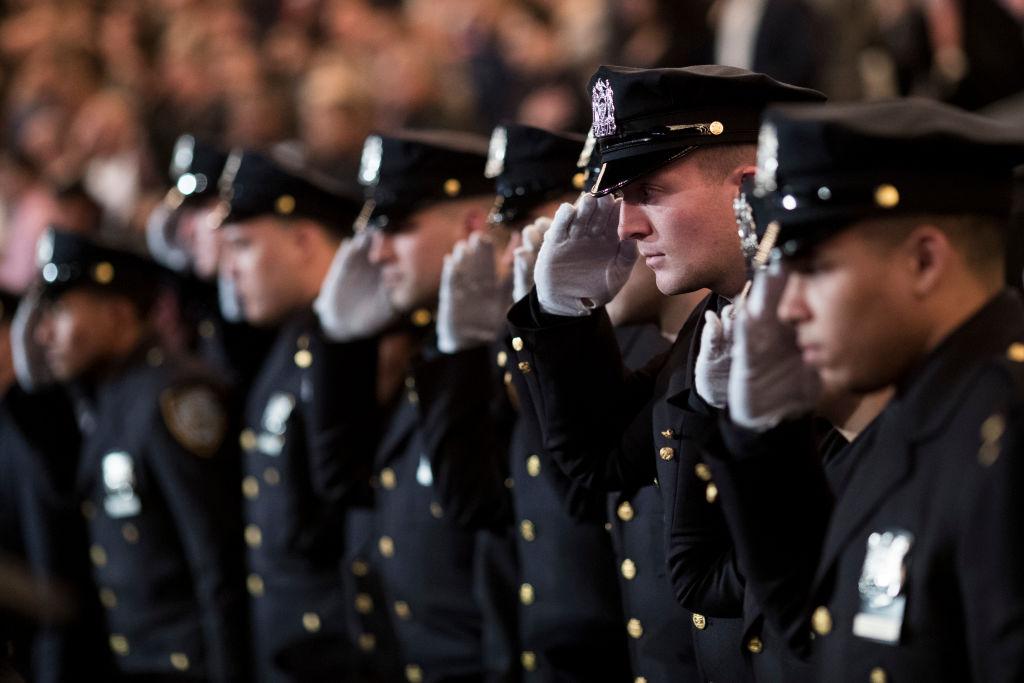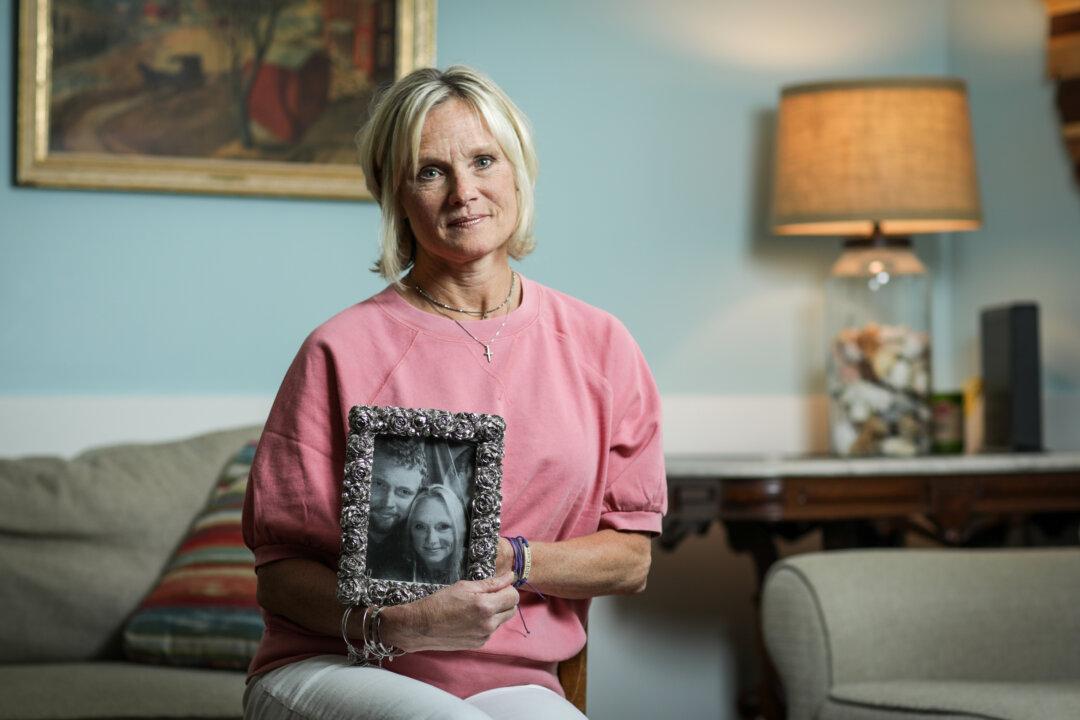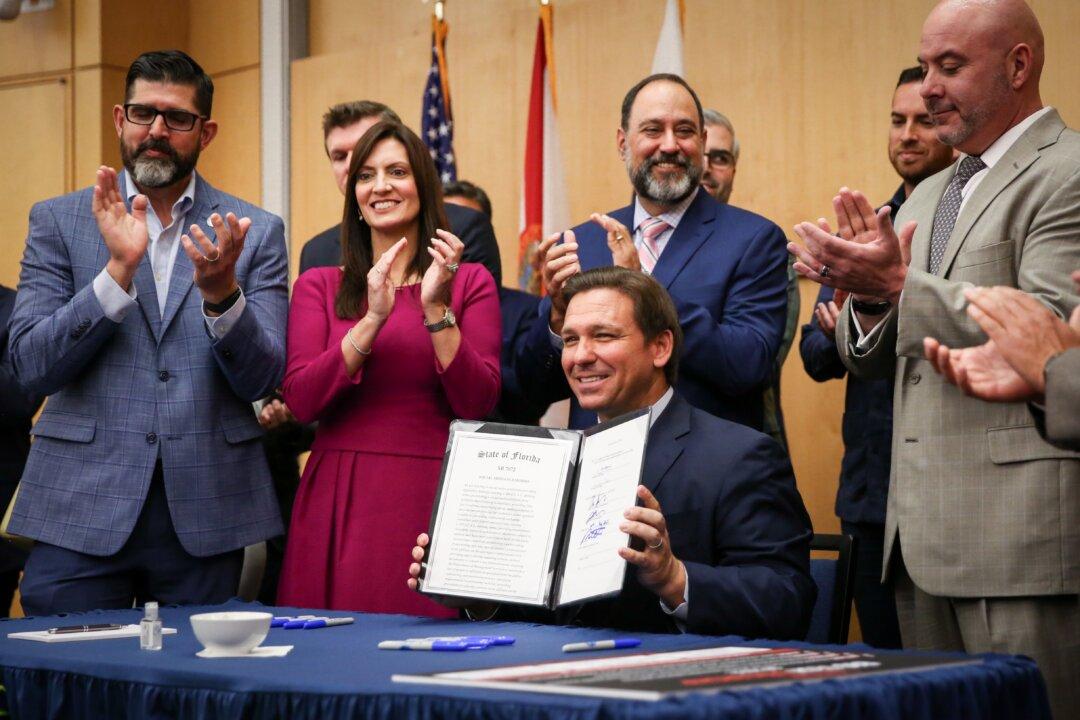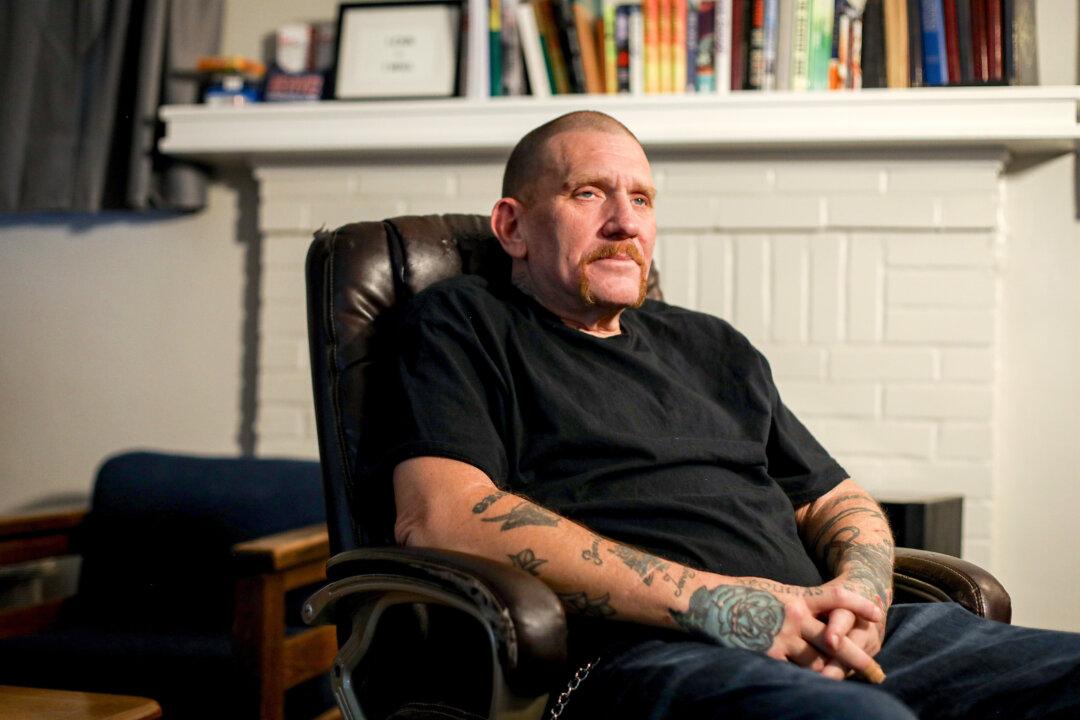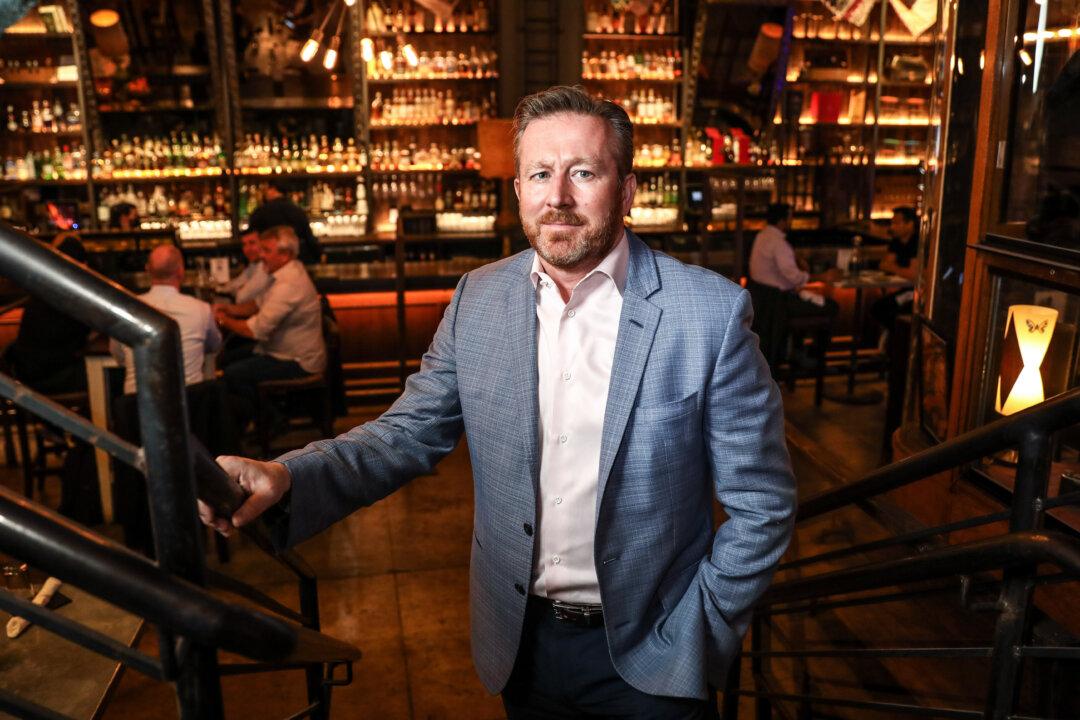The number of law enforcement officers who died in the line of duty across the United States in 2018 increased by 12 percent over last year, led by a rise in firearms-related fatalities, according to preliminary data compiled by the National Law Enforcement Officers Memorial Fund.
The nonprofit organization’s end-of-year report, which tracks officer fatalities, shows that as of Dec. 27, a total of 144 federal, state, local, tribal, and territorial officers died on the job this year. In 2017, there were 129 officer fatalities.
